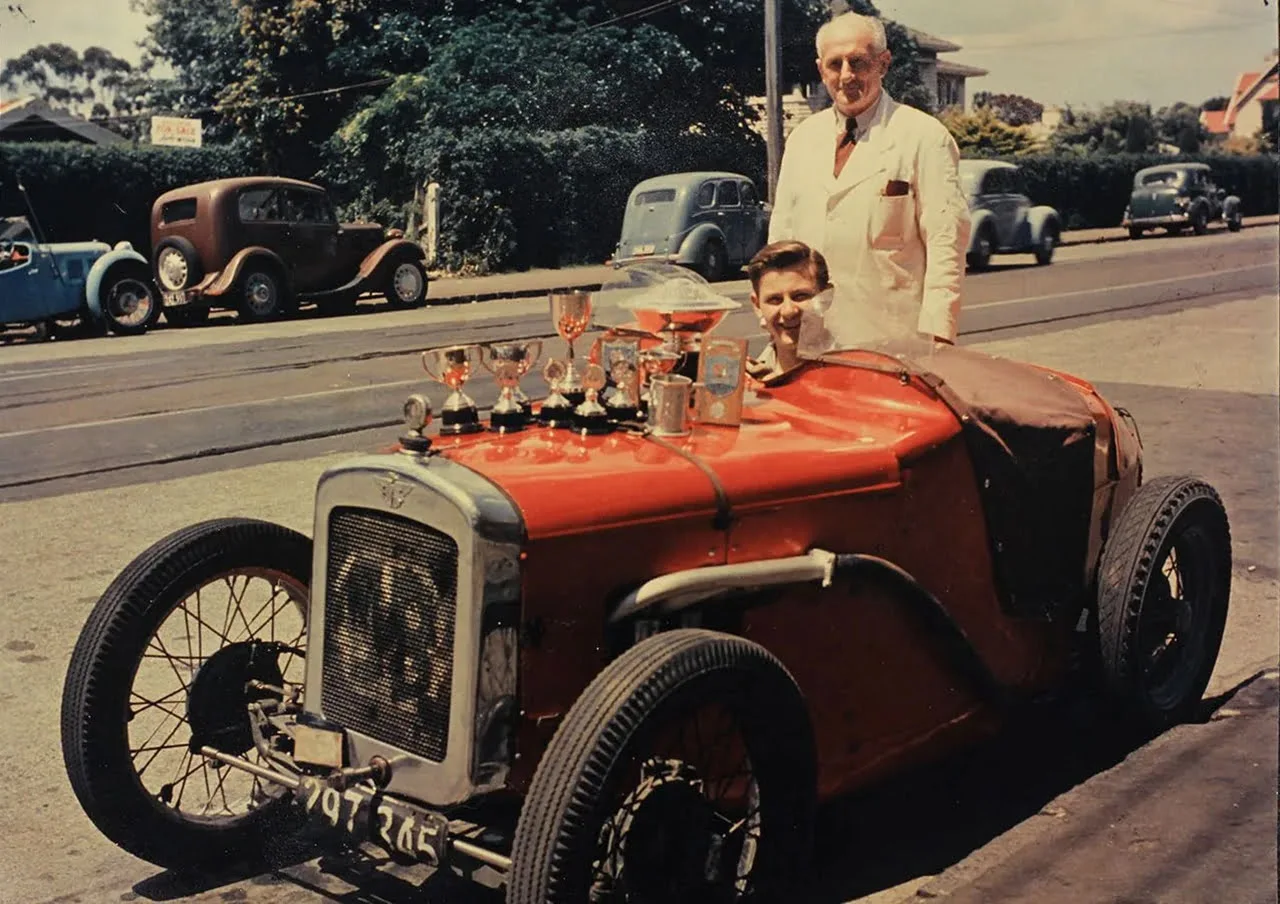Drivers Becoming Constructors: Frank Williams
22 June 2024 3 min read 4 images

Photo credit: Formula 1, Williams Racing, Wheelsage
Frank Williams deserves recognition as the true symbol of modern Formula 1. It’s not surprising why him and not, for example, Enzo Ferrari. The answer lies in their origins: Ferrari was born a constructor who used racing as a powerful means of communication, never stepping out of the limelight. Frank, as everyone called him, represented the Formula 1 spirit by joining the group of "English garagists", as Ferrari disdainfully called them. These were individuals who assembled cars based on two principles: Lack of budget and the pursuit of solutions to make their cars competitive even without the powerful engines that powered Ferraris.
Register to unlock this article
Signing up is free and gives you access to hundreds of articles and additional benefits. See what’s included in your free membership. See what's included in your free membership.
Already have an account? Log In


